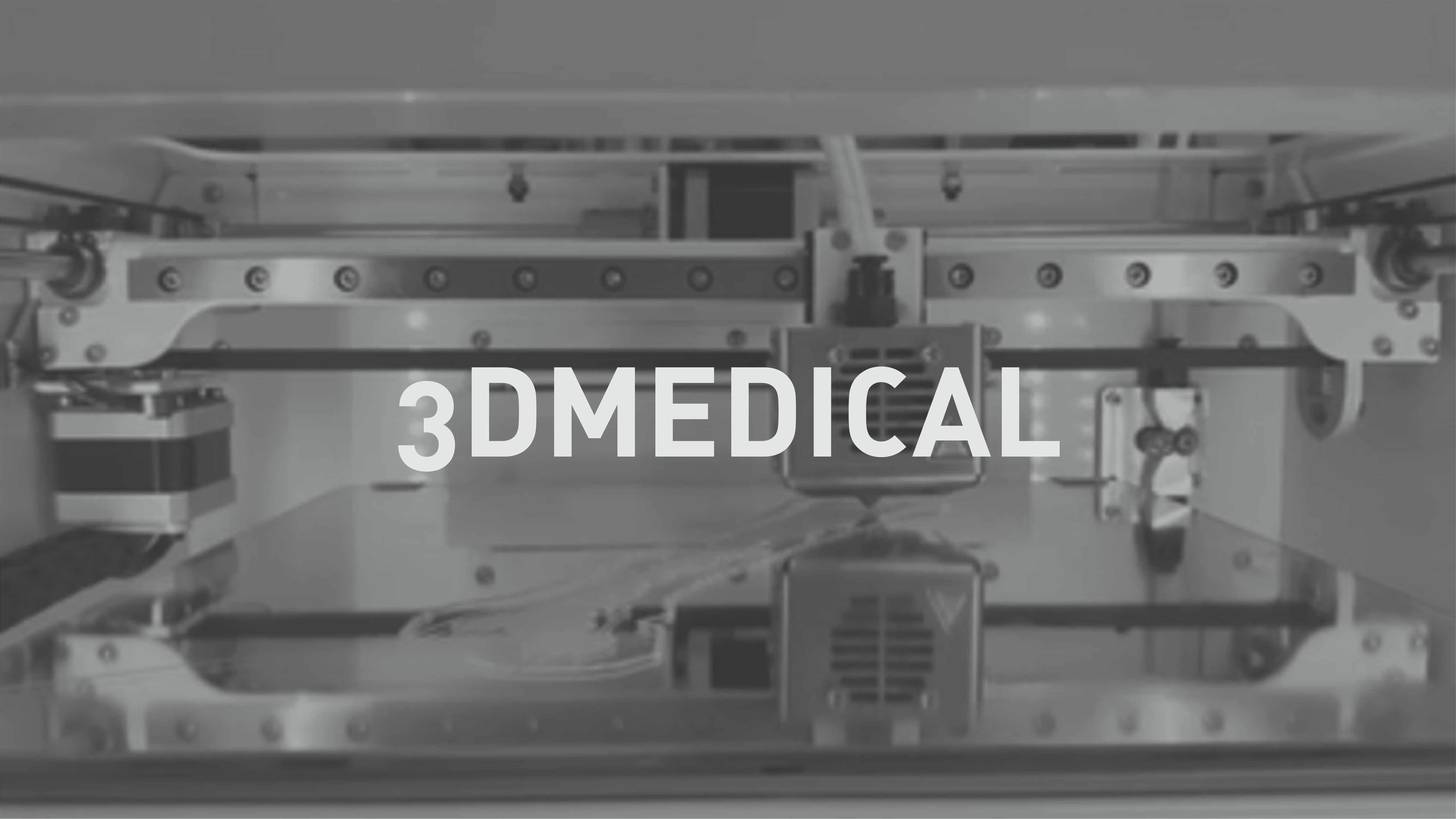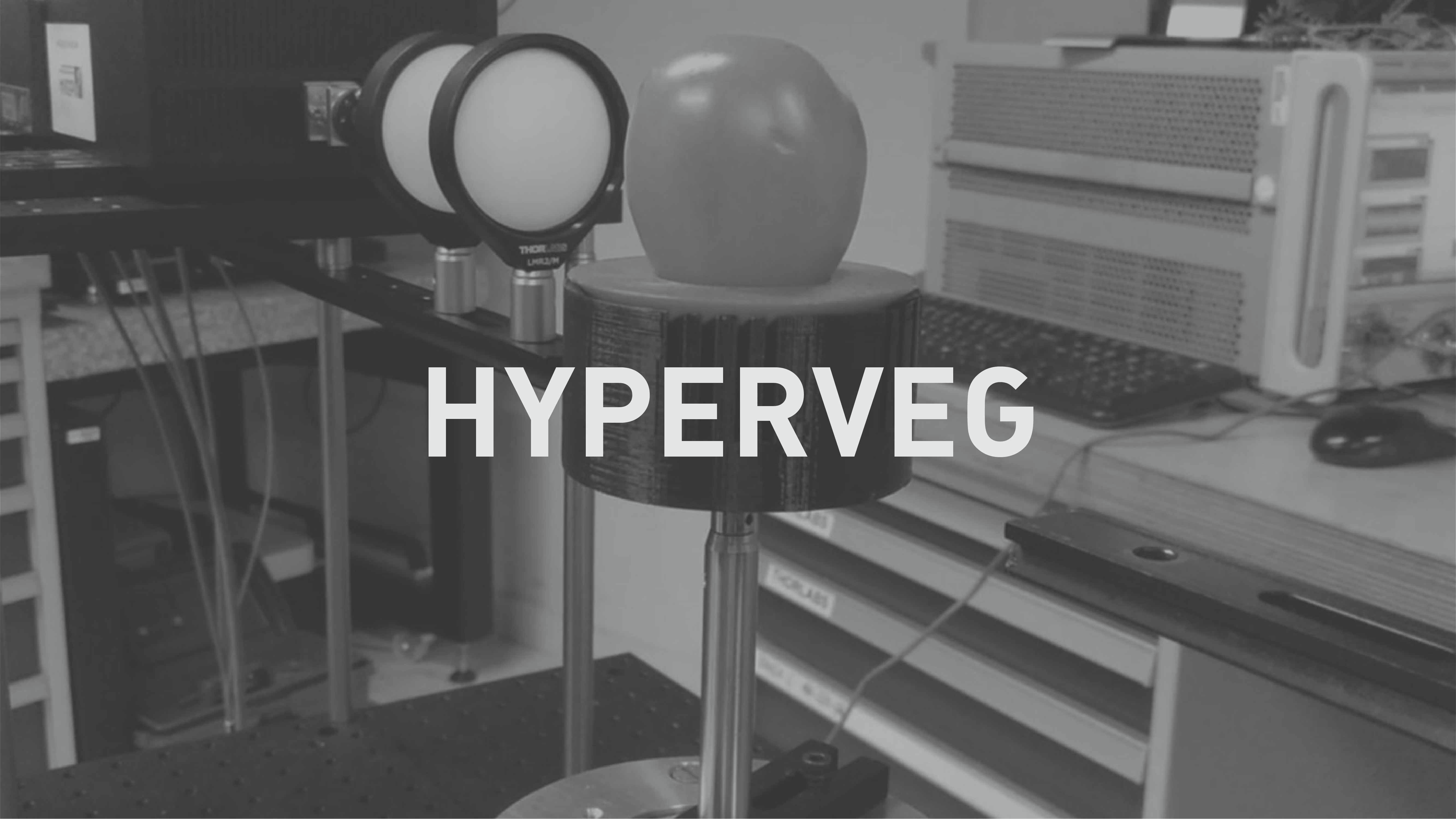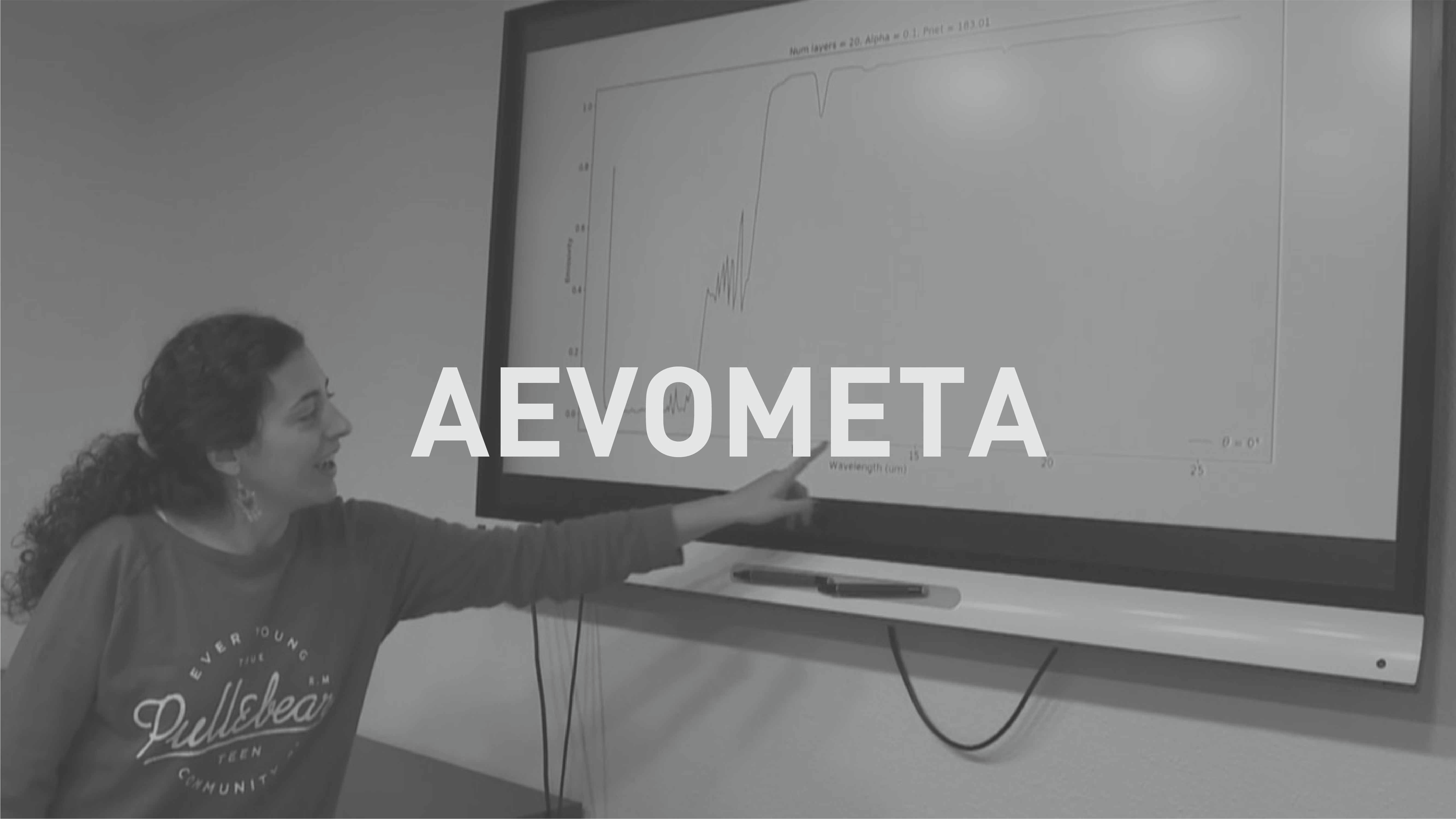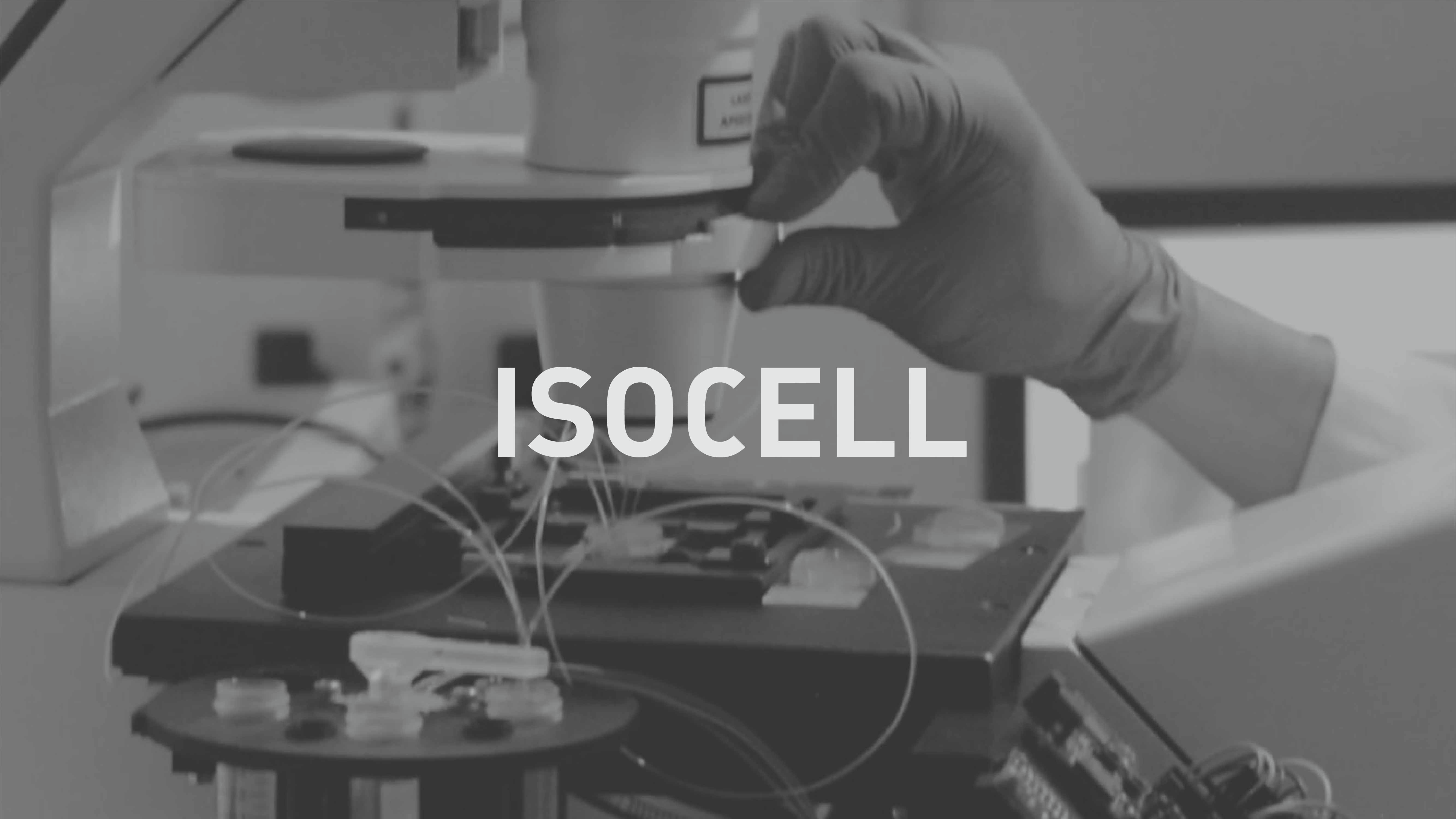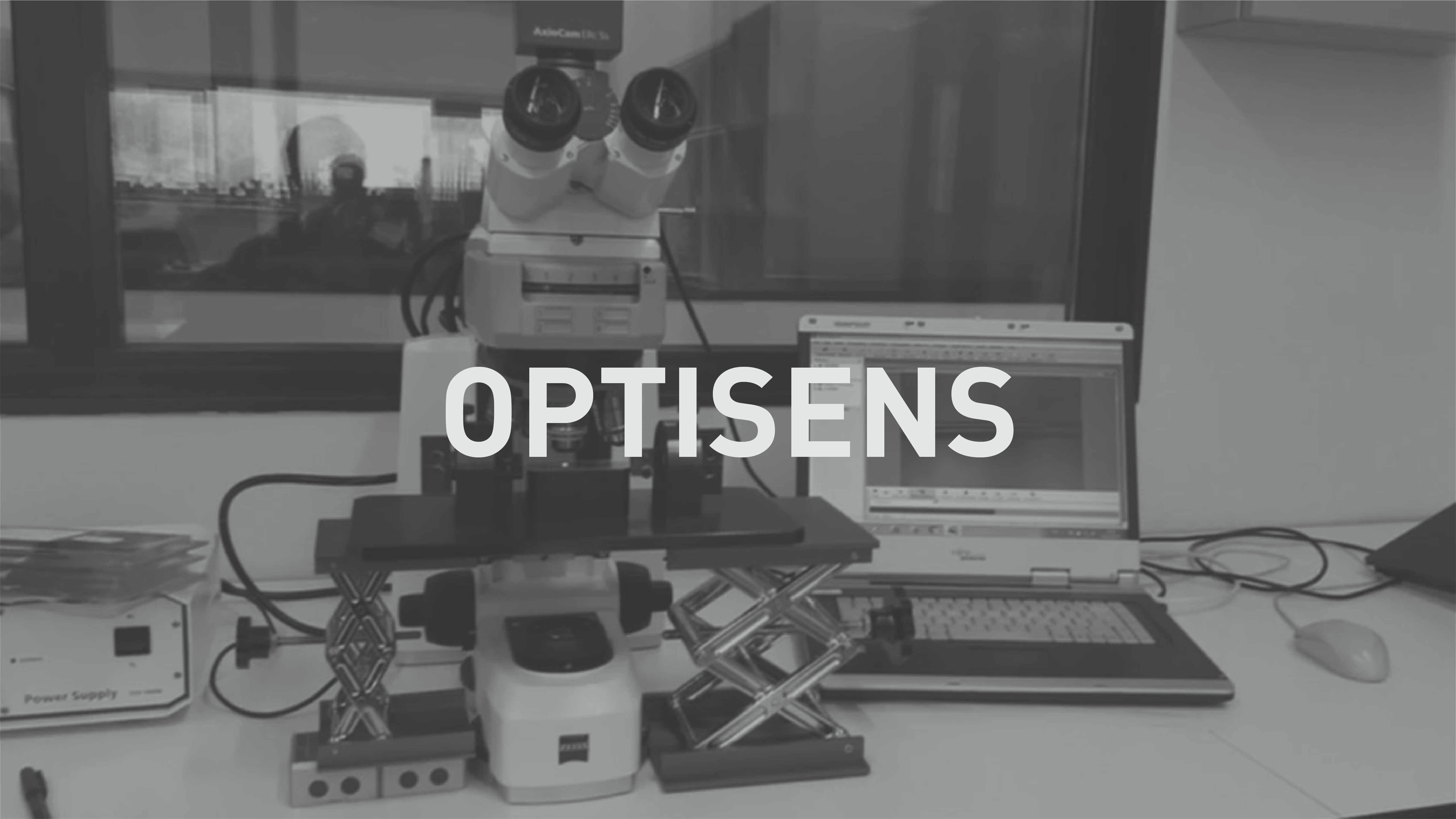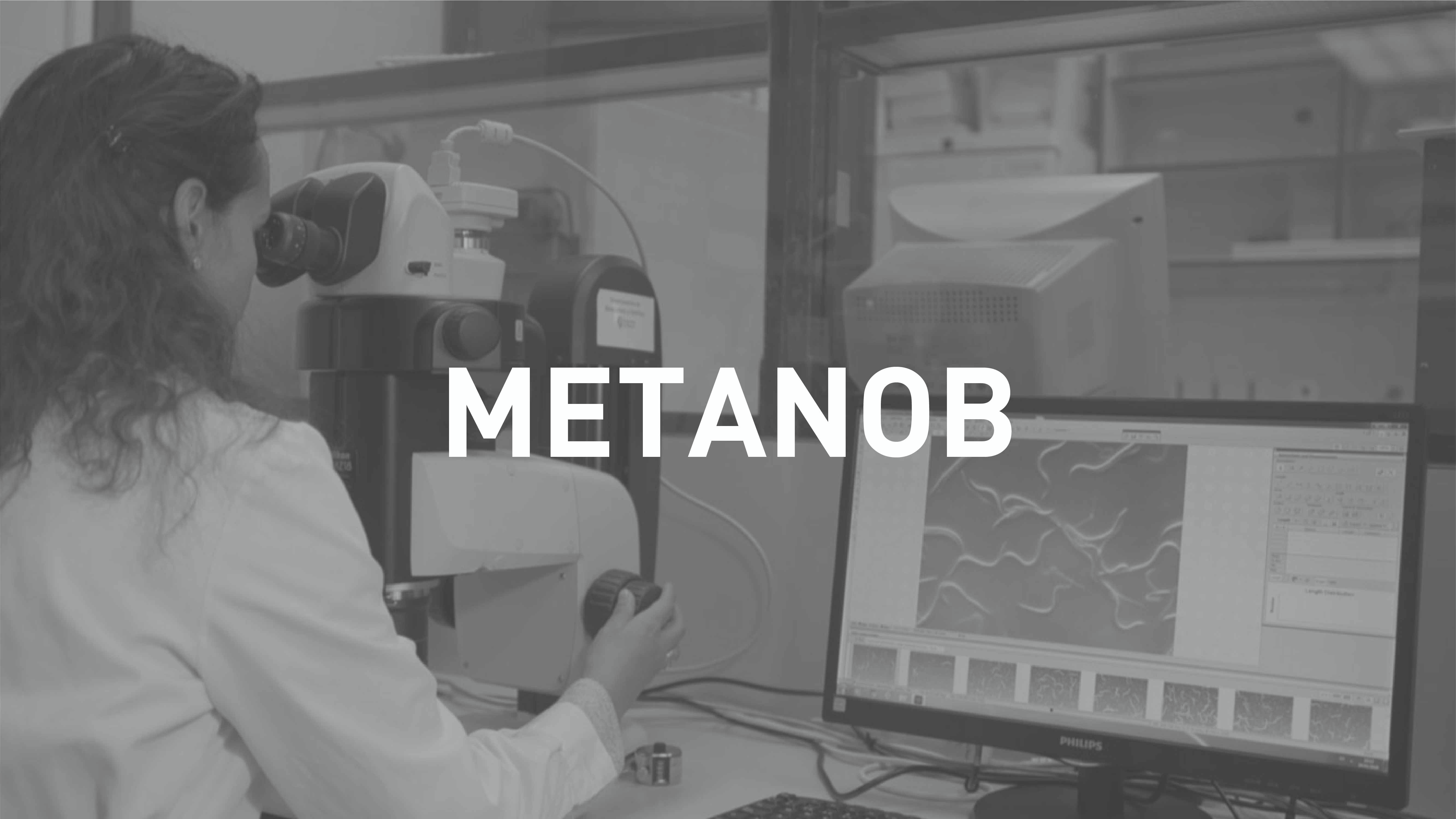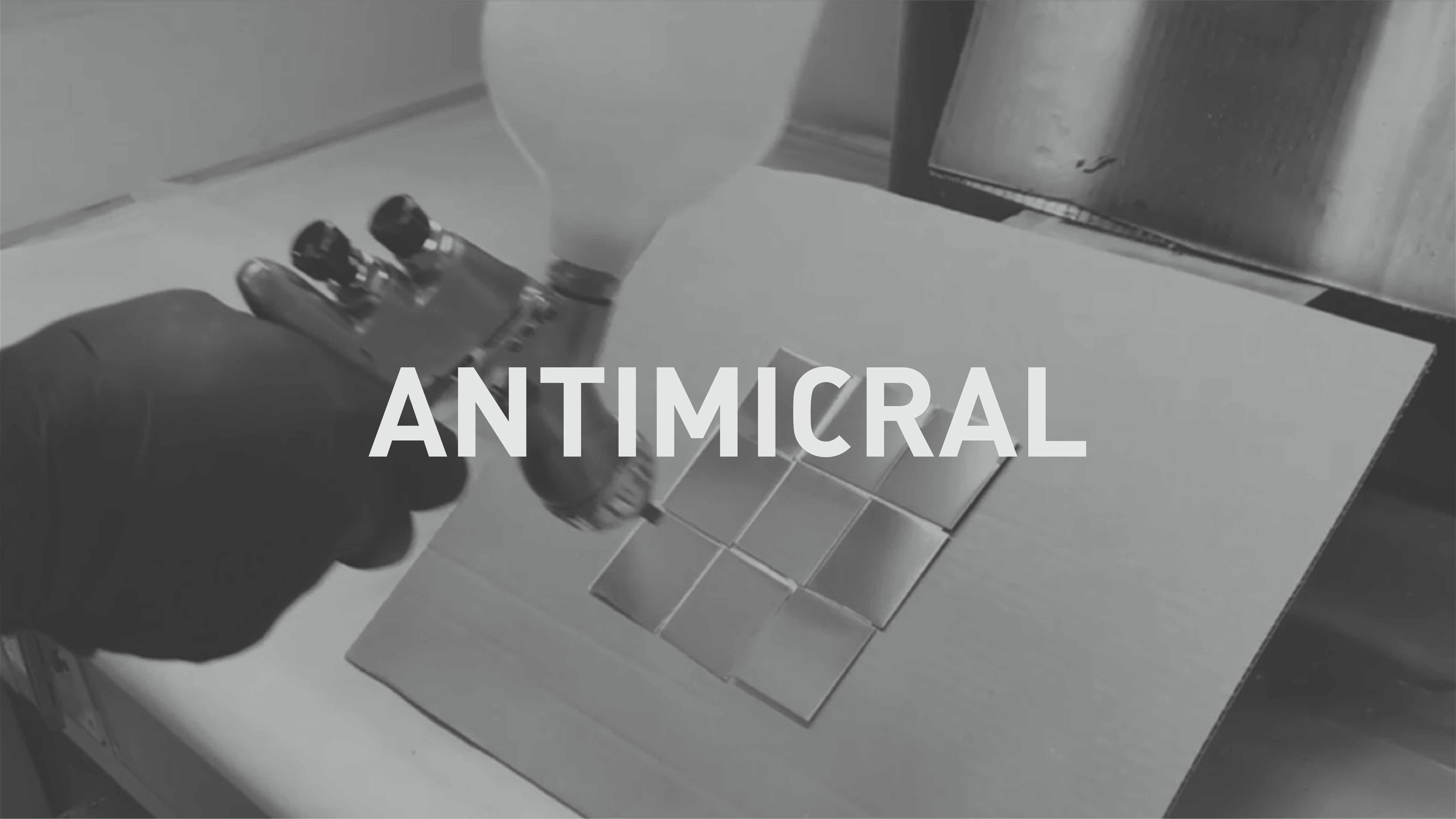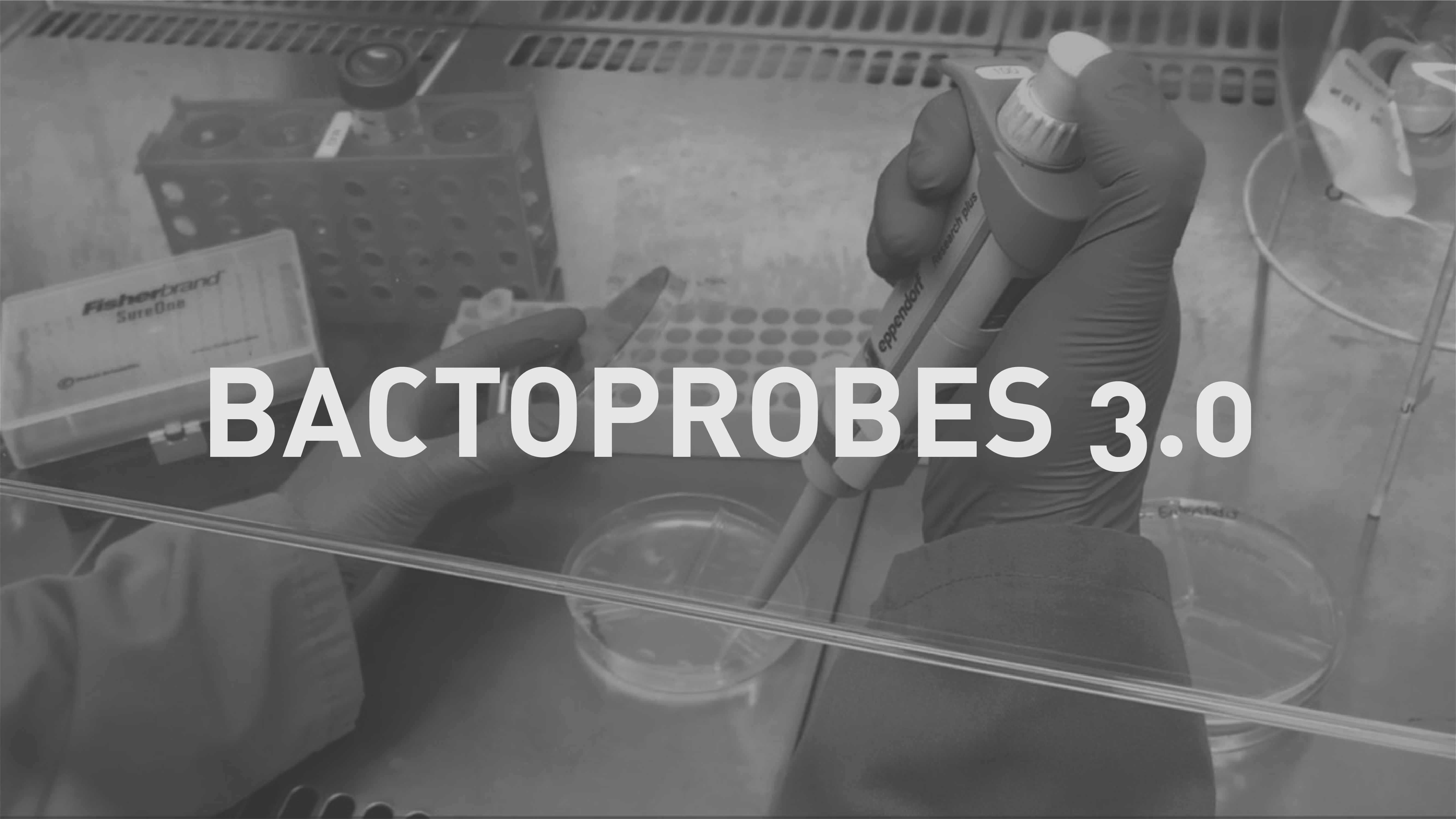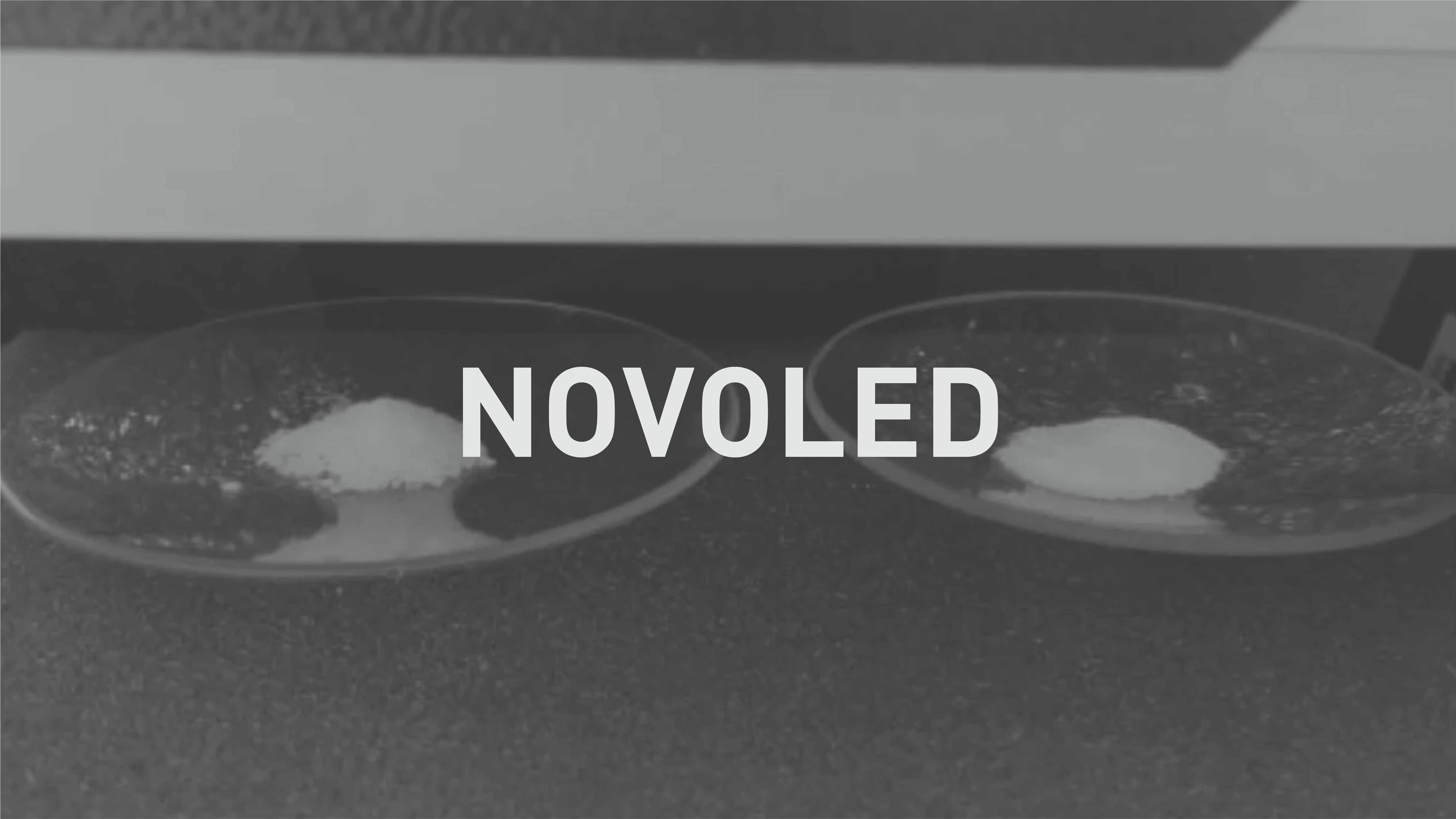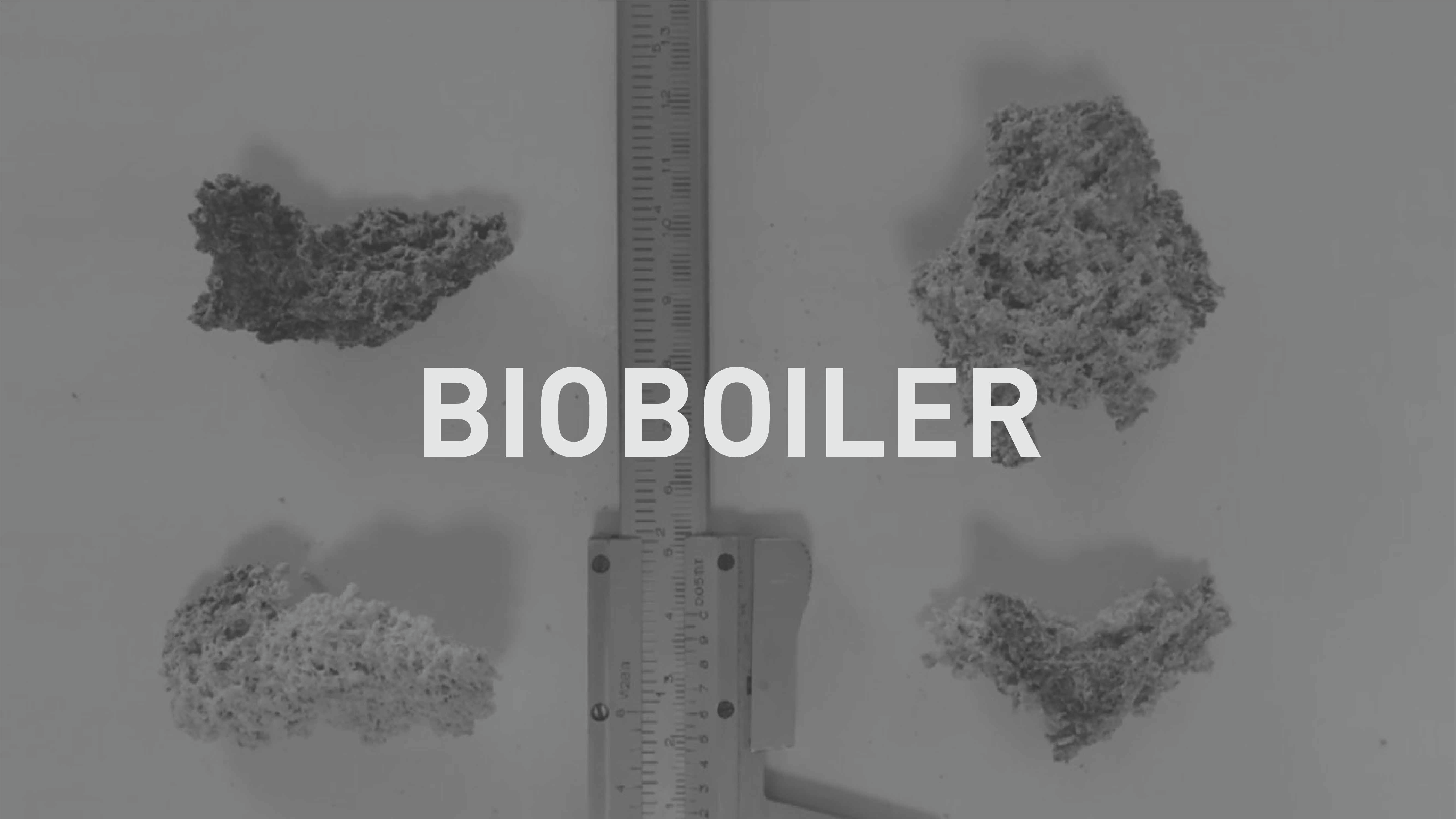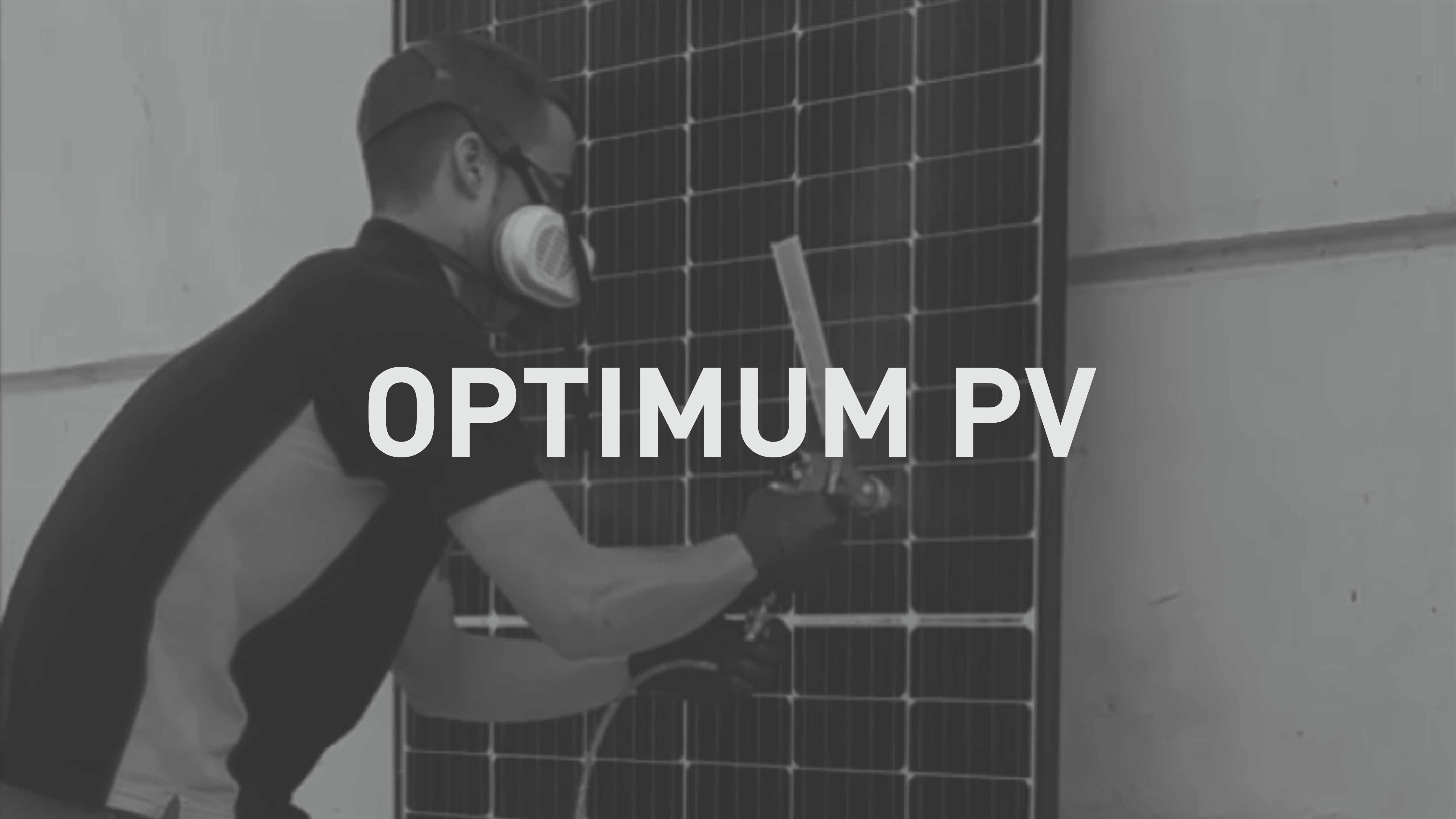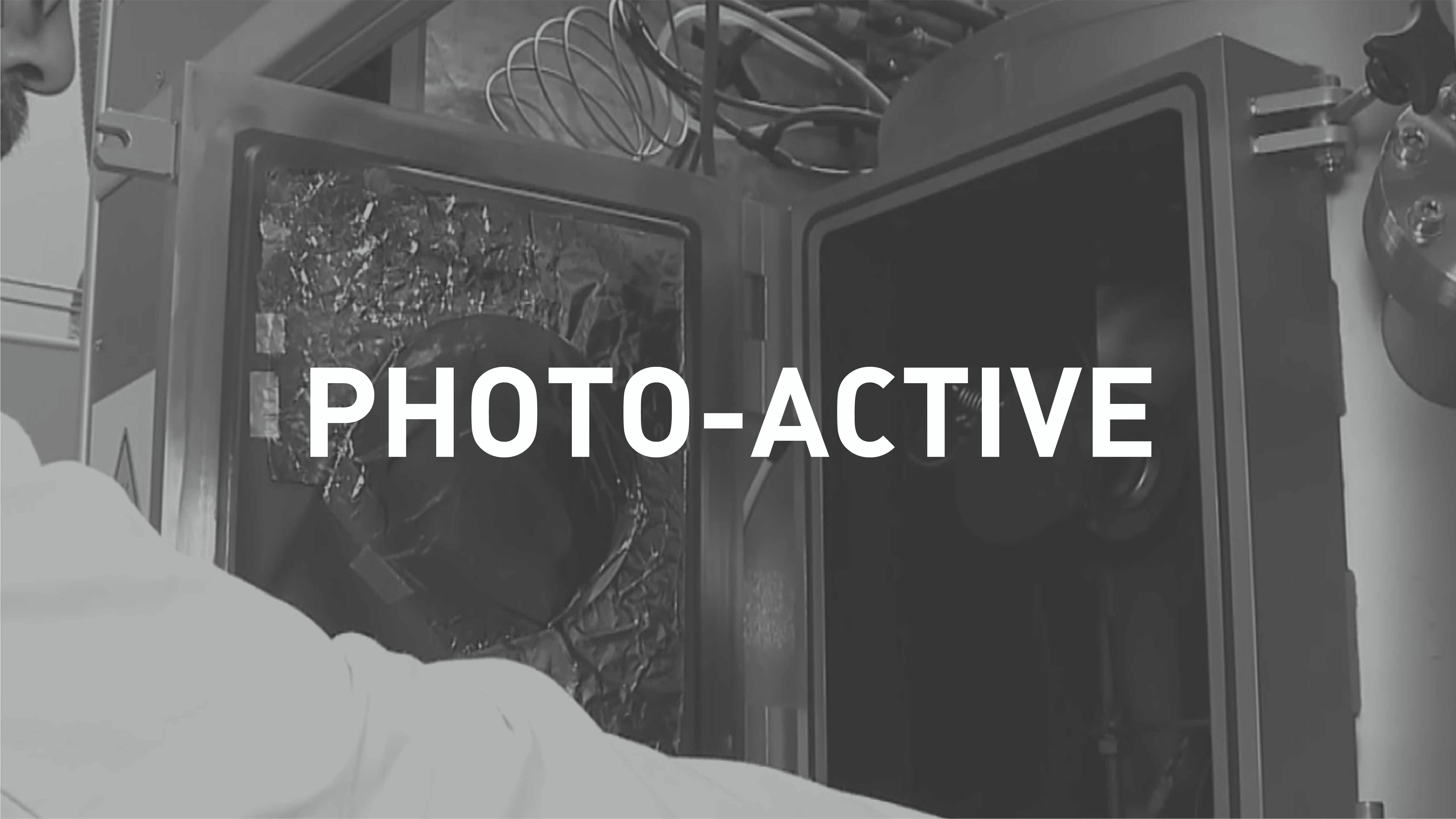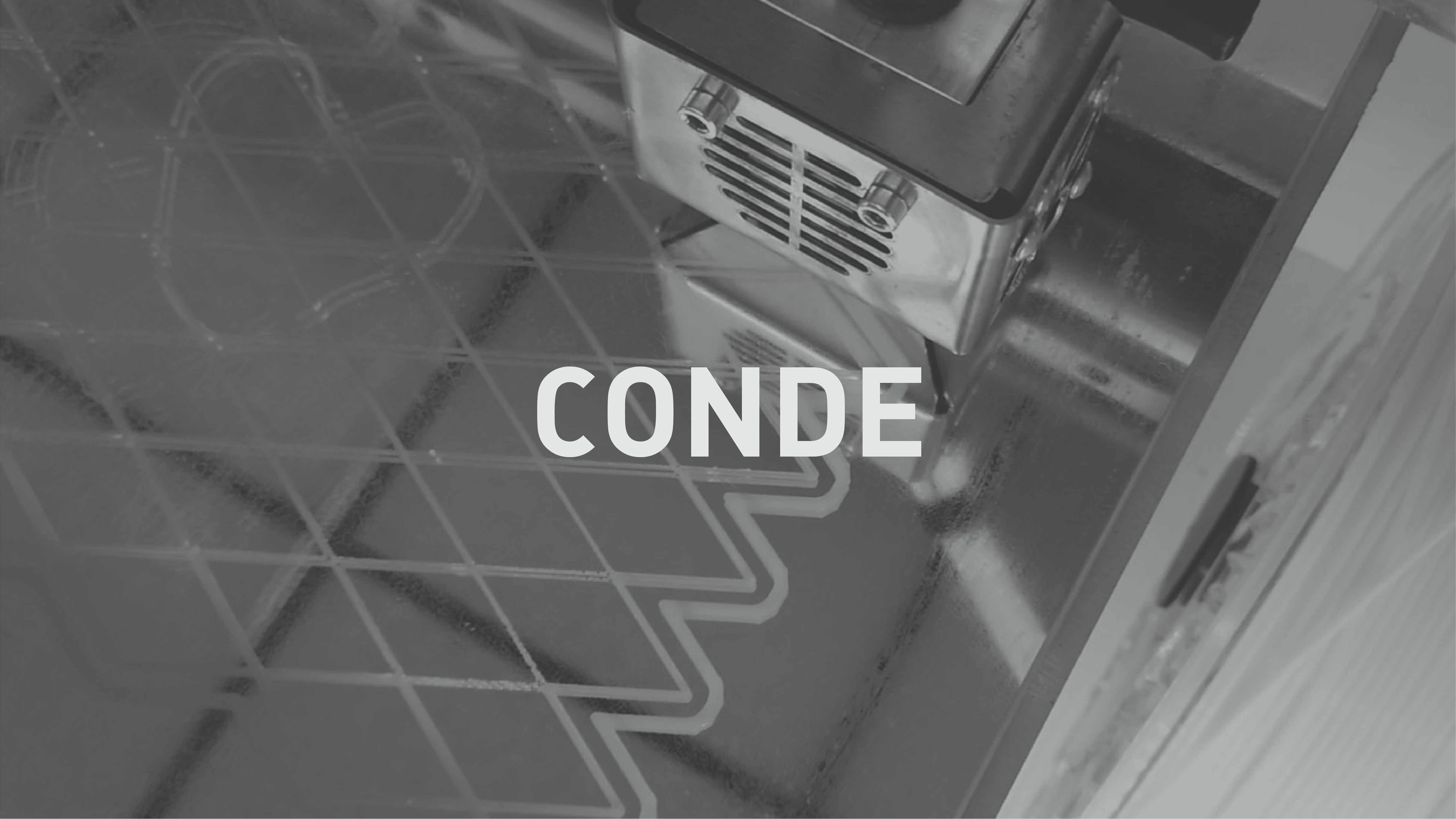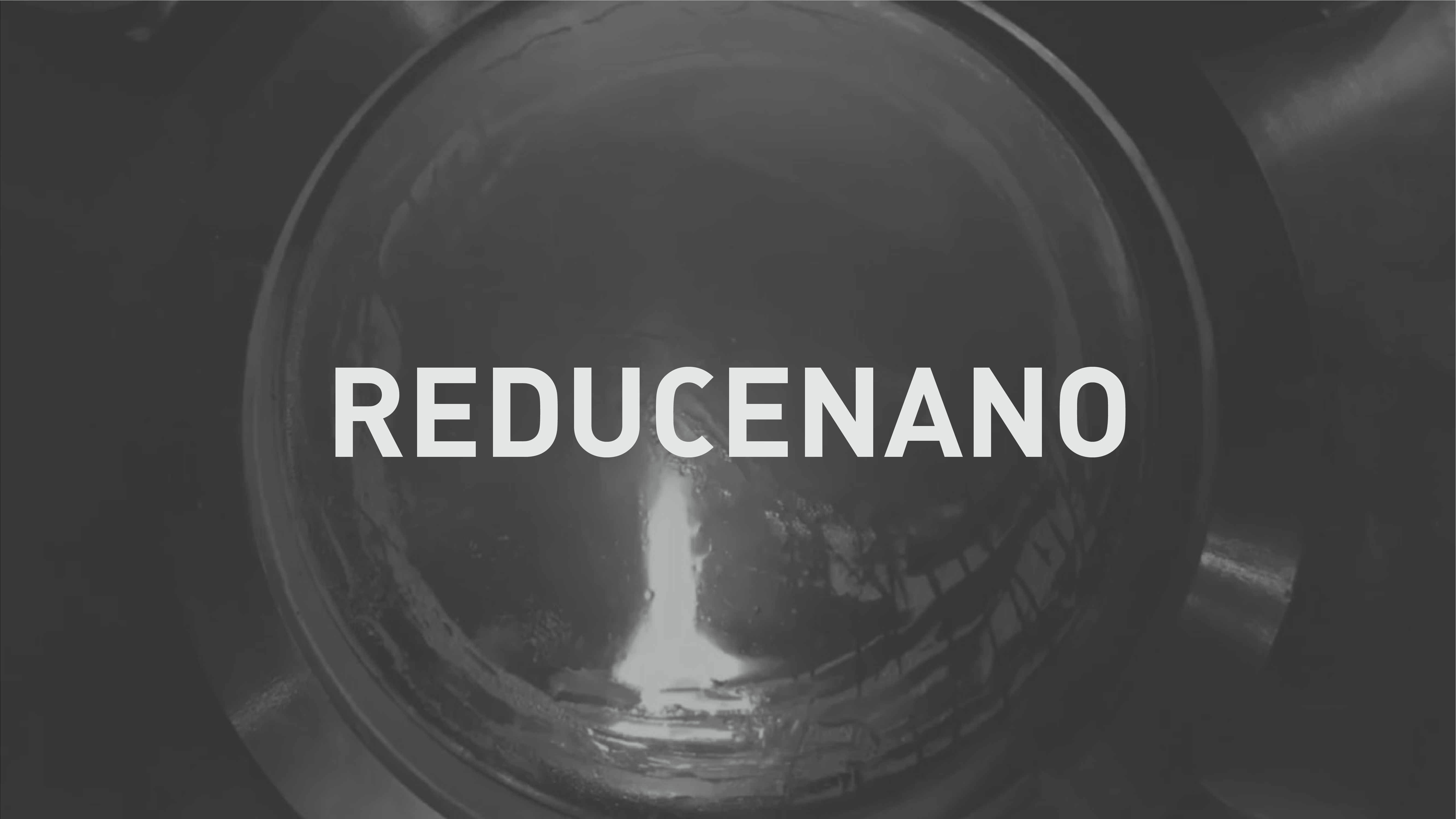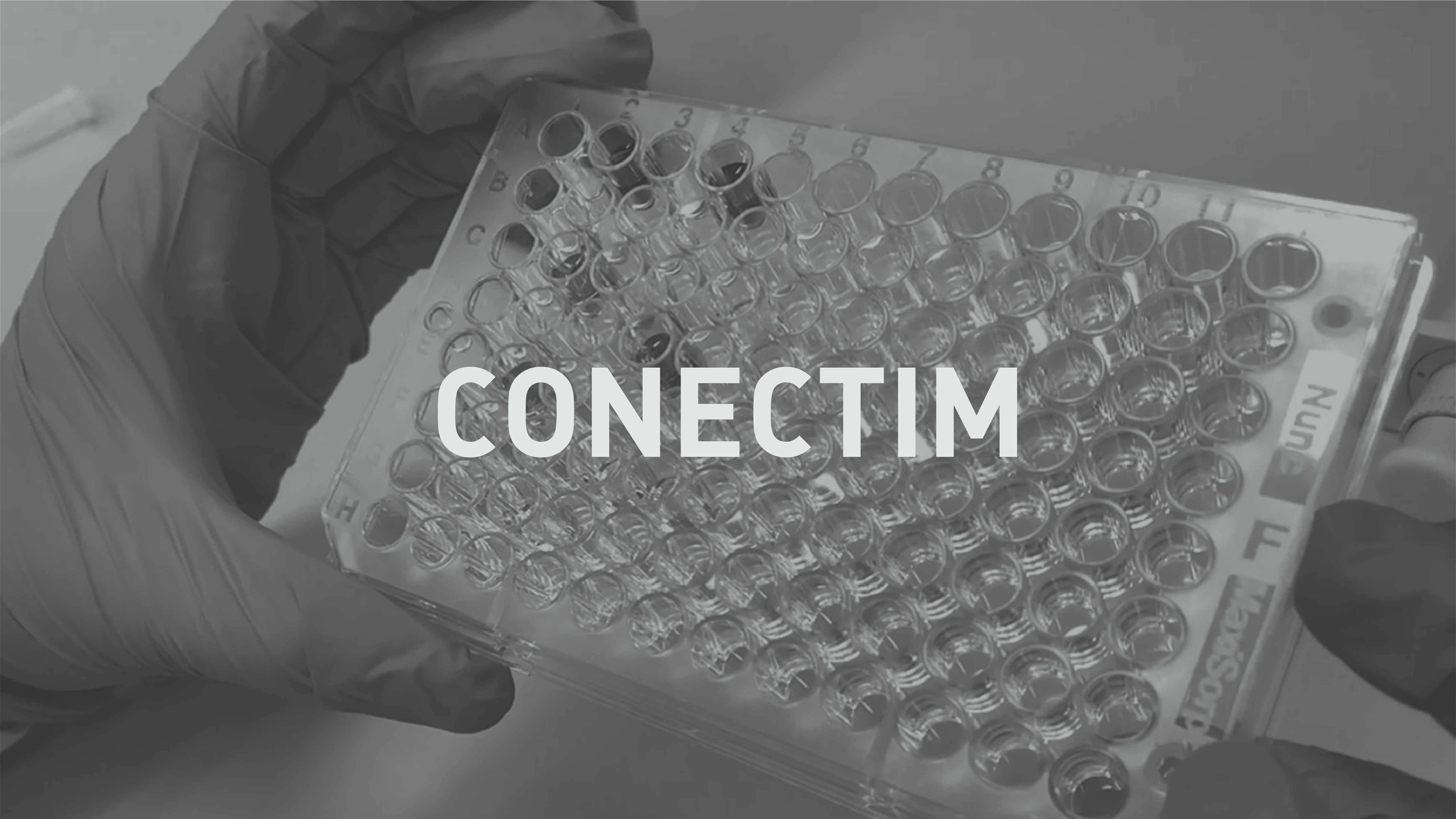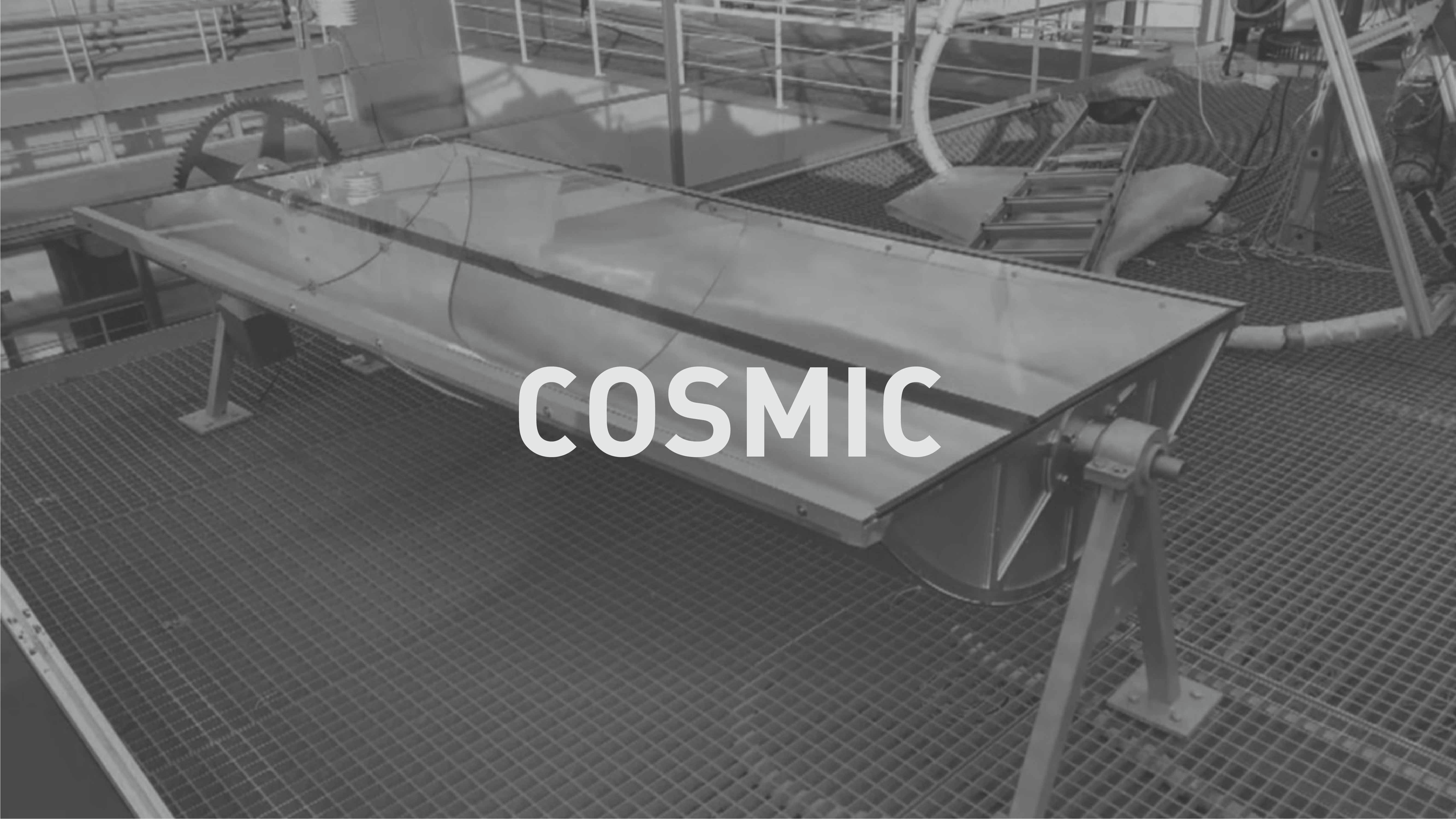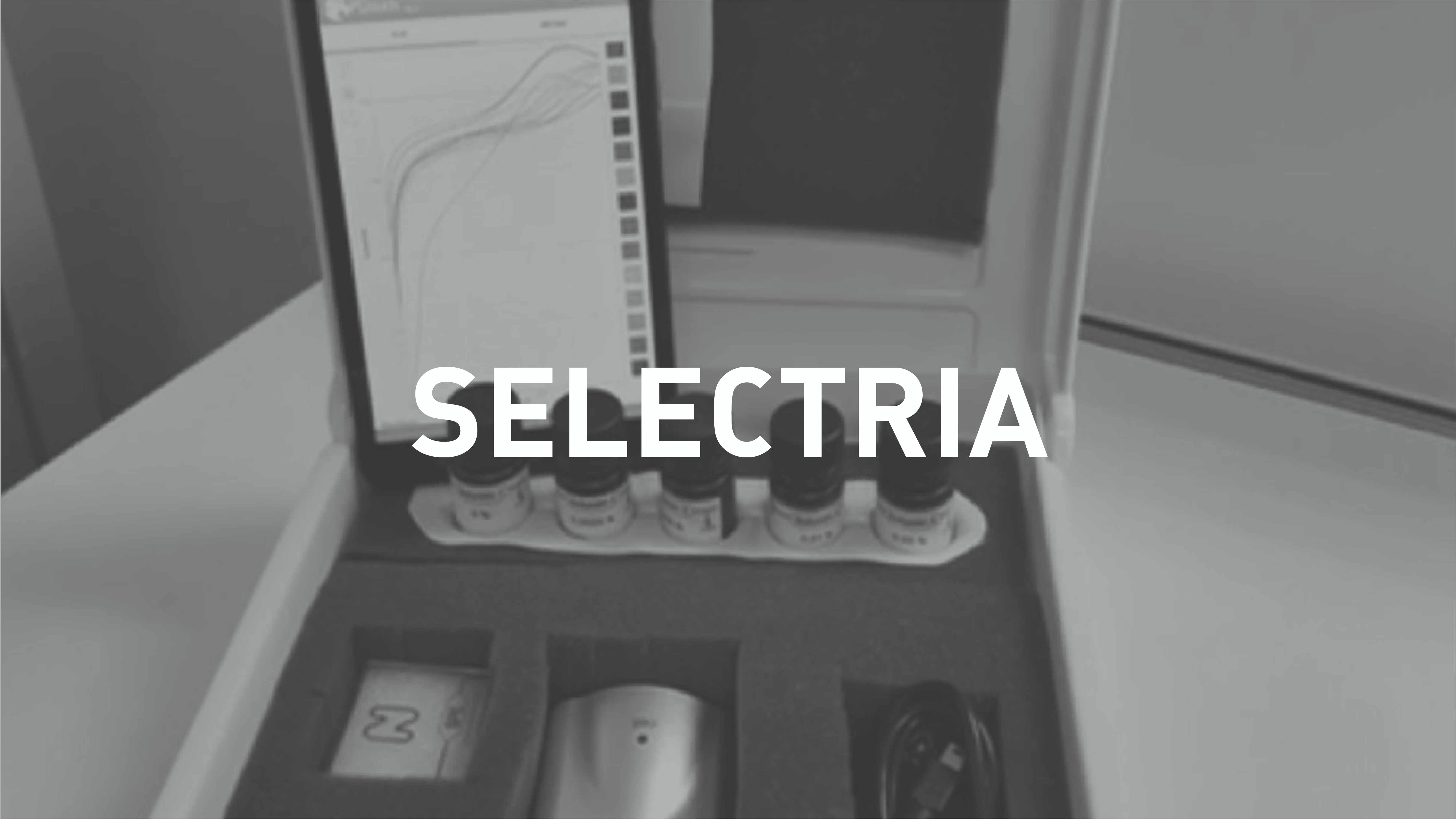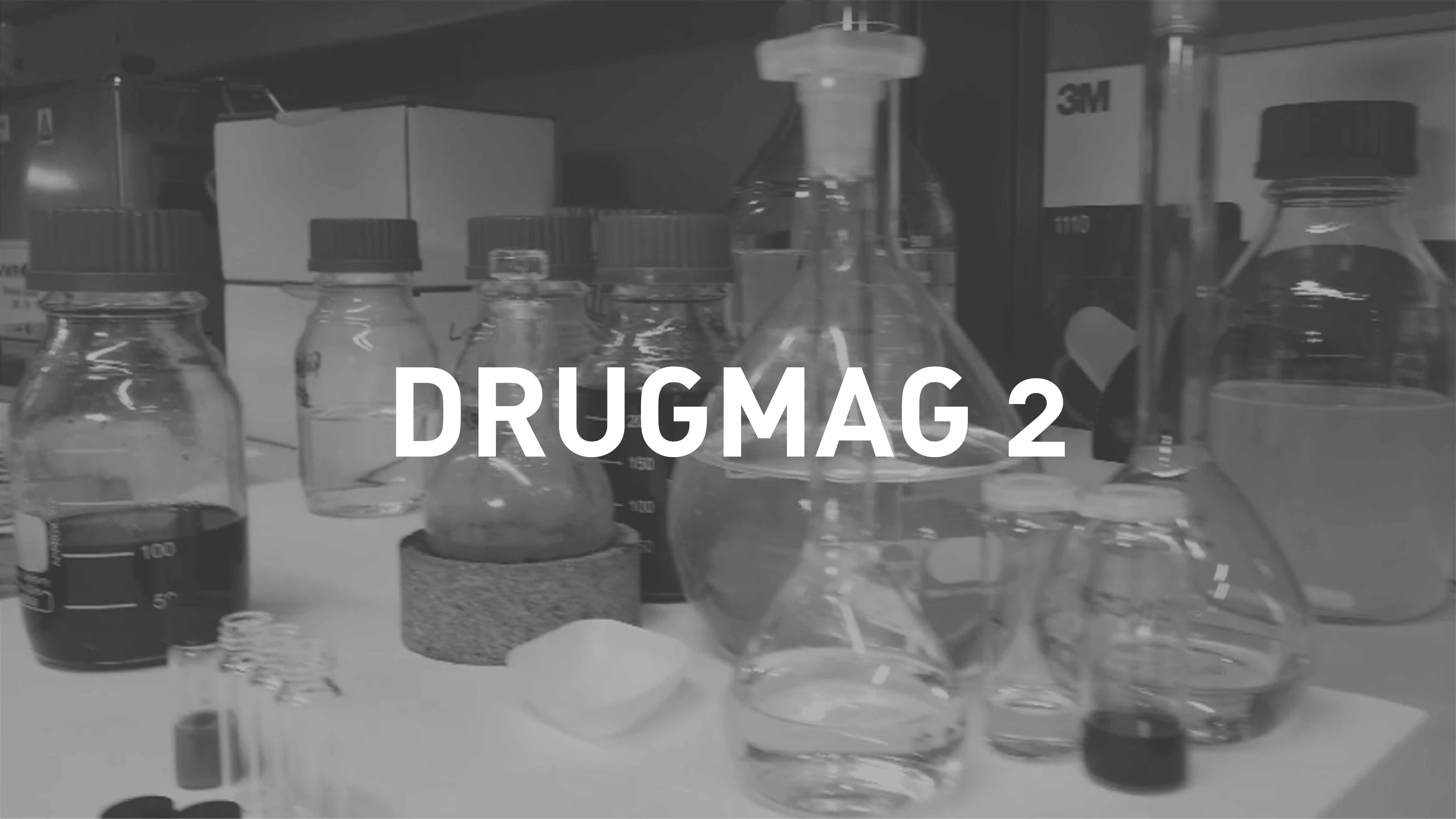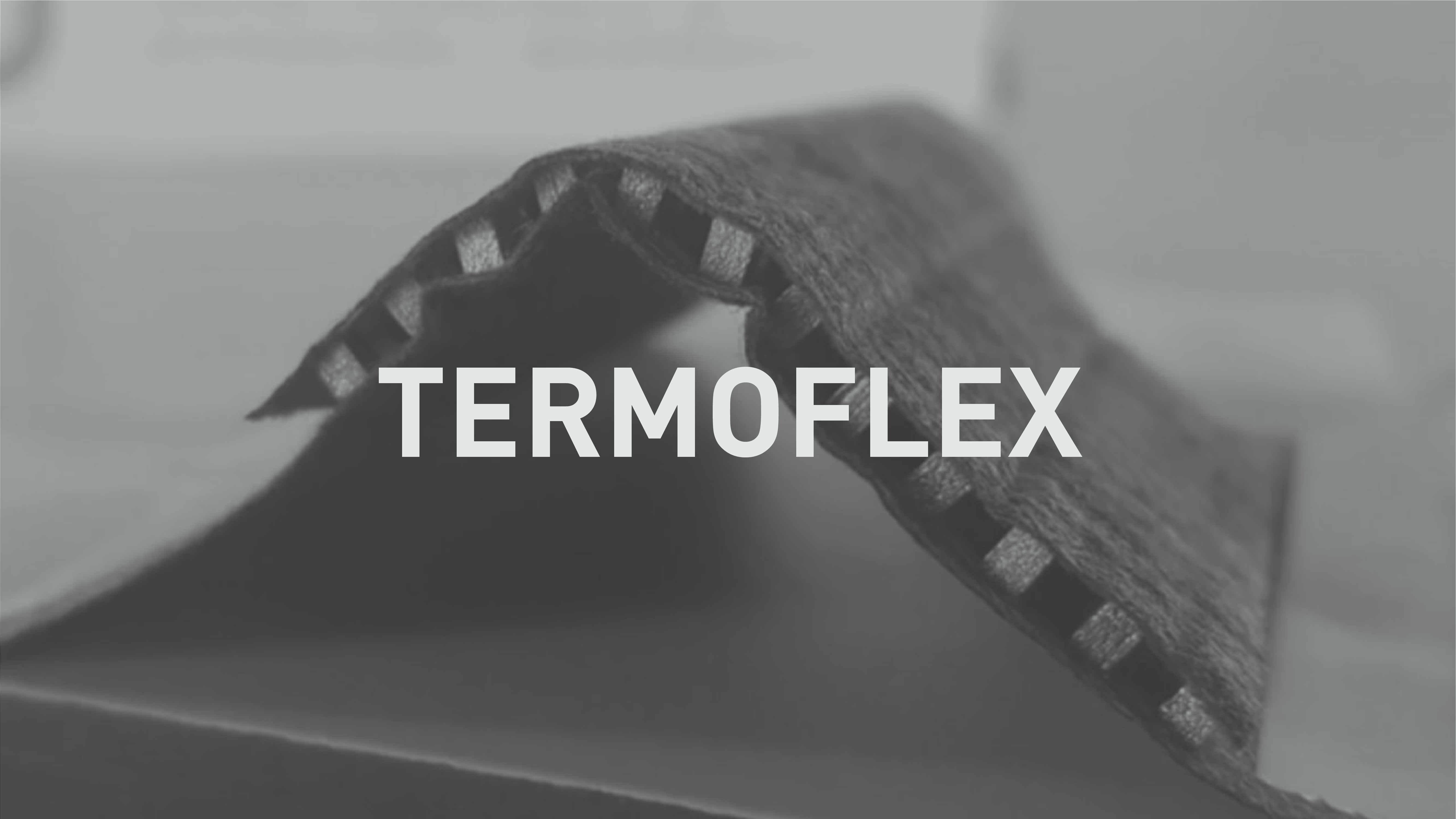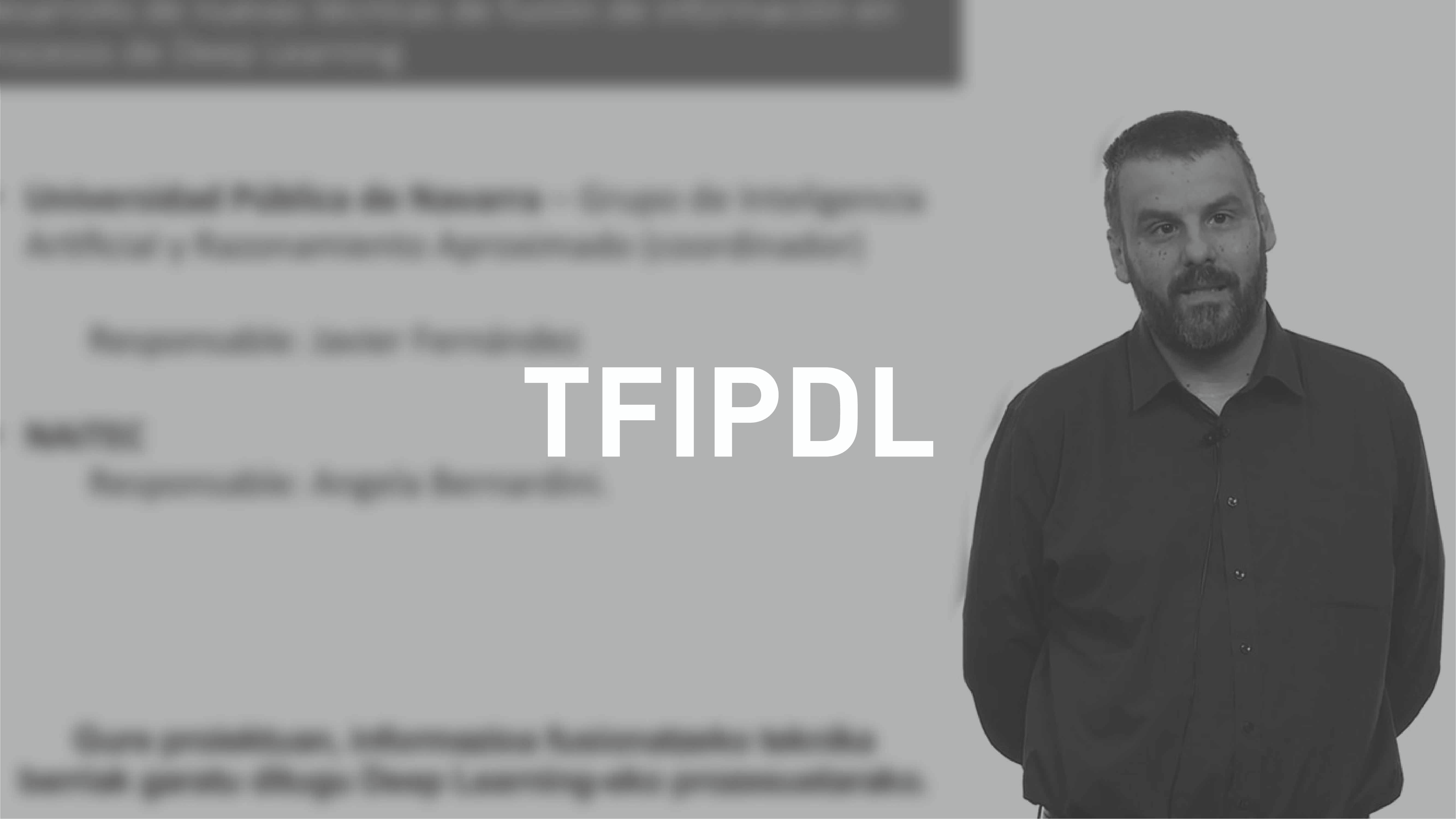One of the main problems one comes across is that there are no suitable materials that meet the ever more sophisticated features demanded from electronic products. As a consequence, often times a large part of the developments related with the technology are slowed down, put off or even abandoned.
The NANO4INKS project, in which we have formulated conductive and semi-conductive inks based on advanced nanoparticles that can be printed with inkjet technology, emerged with the goal of meeting the demand for new materials.
In the second year of the project we have synthesised nanoparticles (NPs) made of a silica core coated with silver (SiO2@Ag) with the idea of replacing silver, which is currently used, at a more competitive price.
The second are zinc oxide doped with aluminium oxide (AZO) that are semi-conductors and have n-type behaviour. And the third are molybdenum oxide (MoO3), which are also semi-conductors but they are p-type.
With the nanoparticles produced in the project, we have worked on a formulation and grinding process and we have obtained electronic inks.
The first one can conduct electricity and, because of that, they could replace wiring, for example.
The other two inks are type-n and type-p semi-conductors that are starting to be implemented on the market as an excellent replacement for indium oxides, which are more expensive and scarce.
To validate the materials developed we have designed and fabricated diodes that we can evaluate their behaviour with and prove that the materials work.
Therefore, thanks to materials like the ones developed in the project, the door is opened to manufacturing more and more complex printed devices, for example touch screens.



